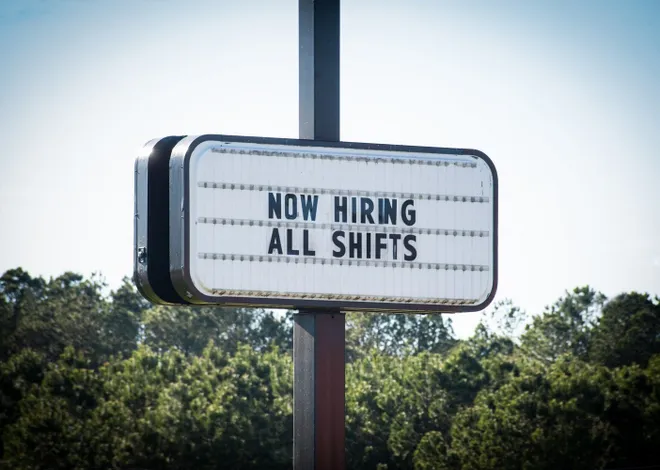U.S. job growth wasn't quite as strong as it appeared last year after government revision
Last year’s booming job market wasn’t quite as robust as believed.
The U.S. Bureau of Labor Statistics on Wednesday revised down its tally of total employment in March 2023 by 306,000. The change mostly means there were about 300,000 fewer job gains from April 2022 through March 2023 than first estimated.
Put another way, instead of adding a booming average of 337,000 jobs a month during that 12-month period, the nation gained a still vigorous 311,500 jobs monthly, on average.
The agency’s annual benchmark revision is based chiefly on state unemployment insurance records that reflect actual payrolls. Its estimates in monthly jobs reports are based on surveys. Wednesday’s estimate was preliminary and could be revised further early next year.
How high will interest rates go in 2023?
The somewhat cooler labor market portrayed by the new numbers should be welcomed by a Federal Reserve that has been hiking interest rates aggressively to ease high inflation, largely by dampening strong job and wage growth. The Fed is debating whether to approve another rate hike this year or hold rates steady and Wednesday’s revision could factor into its thinking, at least on the margins.

But Barclays economist Jonathan Millar says the Fed is mostly assessing the current pace of job and wage growth, along with the state of inflation and the economy, and the revision isn’t likely to move the needle much. Average monthly job growth has slowed to 258,000 this year from close to 400,000 in 2022 but that’s still a sturdy figure and pay increases are running at about 4.5%.
And last year’s job growth was still second only to 2021 as the U.S. continued to recoup pandemic-related job losses.
“I don’t think it all that much changes the way the Fed looks at things,” Millar says.
Which sectors are adding jobs?
In Wednesday’s report, employment was revised down by 146,000 in transportation and warehousing, by 116,000 in professional and business services, and by 85,000 in leisure and hospitality. The latter industry includes restaurants and bars, which were hit hardest by the pandemic but also notched the largest recovery in 2021 and 2022.
Payrolls were revised up by 48,000 in wholesale trade, 38,000 in retail and 30,000 in construction.
Disclaimer: The copyright of this article belongs to the original author. Reposting this article is solely for the purpose of information dissemination and does not constitute any investment advice. If there is any infringement, please contact us immediately. We will make corrections or deletions as necessary. Thank you.







